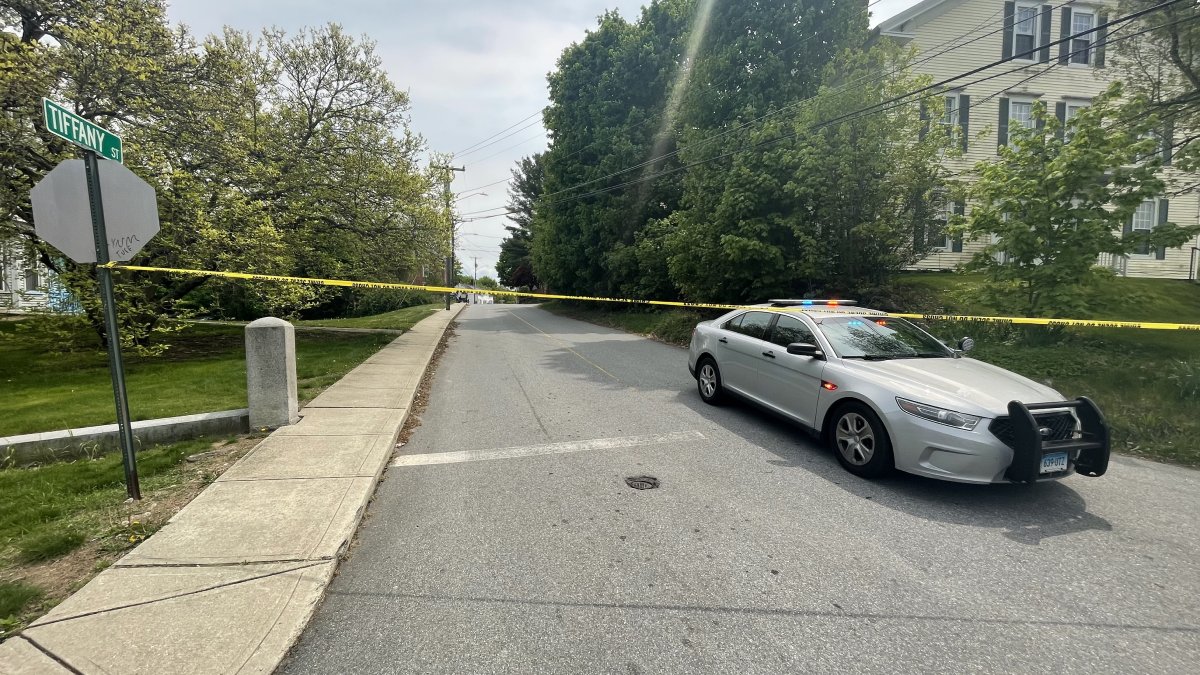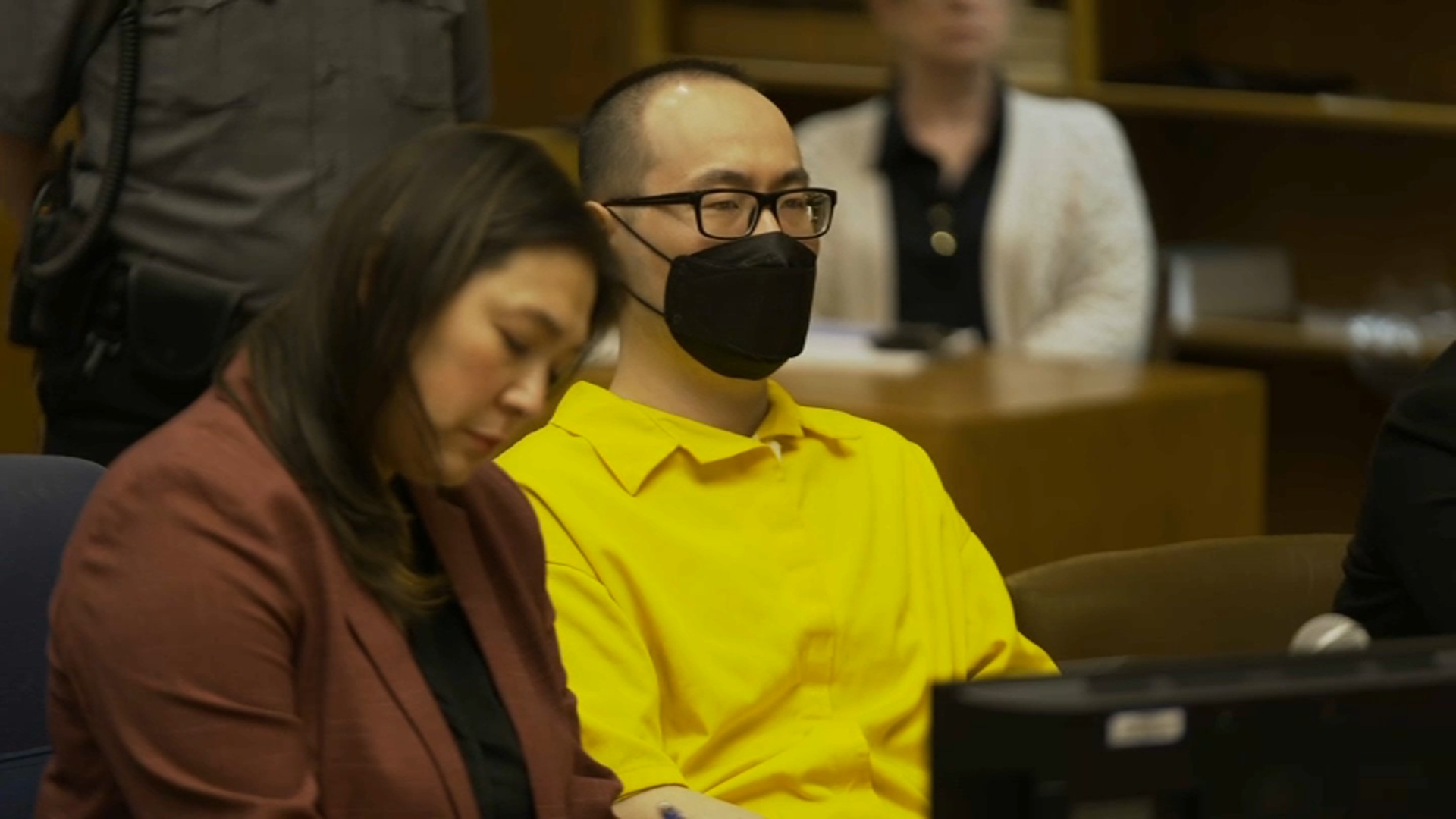When three students were exposed to fentanyl inside Hartford’s Sport and Medical Sciences Academy in January, the school did not have potentially life-saving medication on hand. One of the seventh graders died two days later.
“The poor kid didn’t get a chance for Narcan because they didn’t even suspect it was opioids. We have to suspect all the time,” said advocate John Lally during a recent virtual training.
Narcan is the brand name for naloxone, an opioid antagonist that can reverse the effects of an overdose.
Hartford Schools didn’t have it in January. They do now.
Get Connecticut local news, weather forecasts and entertainment stories to your inbox. Sign up for NBC Connecticut newsletters.
“Several doses of Narcan are available across all of our schools,” said Superintendent Dr. Leslie Torres-Rodriguez.
NBC Connecticut Investigates wondered how many districts have it at the ready, so we conducted an independent survey about Narcan availability in local schools.
Half of the districts we reached out to responded. Of those 77 districts, 69 had naloxone in at least one school building.
Local
Narcan in Connecticut School Districts
Source: NBC Connecticut
Seven districts confirmed naloxone had been administered on school grounds.
“It can do no harm. So just give it because you might save a life,” said Lally, whose son Tim died of an opioid overdose in 2016. Lally and his wife founded the non-profit organization Today I Matter in his memory.
As part of his mission to raise awareness and end the stigma surrounding addiction, Lally offers free Narcan trainings to schools and community groups. Lally said Connecticut still has a long way to go.
“We haven't made a dent in the problem yet. We're saving lives with Narcan, but we haven't turned the trend around and that's what scares me,” he said.
Newly released numbers show fatal opioid overdoses among teens are rising at an alarming pace. Nationwide, 342 teens ages 14 to 18 died from opioid overdoses in 2019, according to a study published in the Journal of the American Medical Association. In 2020, deaths among the same age group more than doubled, to 794.
“It just makes me feel sad how we’re in a place where [drug use] is normalized. Like when someone’s in distress, when someone’s not feeling well, that they resort to drugs,” Conard High School Senior Usan Ahmed said.
Ahmed said he wasn’t aware the West Hartford School District has Narcan in its schools. According to our survey, West Hartford’s elementary, middle and high schools have naloxone in their buildings. It’s been available for at least five years.
Cheshire Schools also adopted Narcan early on, getting it for the high school about five years ago. As of this year, it’s available in all school buildings.
“We realized that Narcan is almost miraculous in its ability to save lives,” said Superintendent Dr. Jeffrey Solan.
Solan said the district keeps three doses of naloxone in the high school, two in the middle school and one dose in each of the elementary schools.
“I'm pretty clear on my position with this, that it's an affordable lifesaving tool,” he said.
Not all superintendents feel the same.
Data from the Connecticut State Department of Education show the biggest reason schools do not have naloxone is because they do not think there’s a need for it.
“Nowadays, that's just ignorance,” Lally said. “There's no reason to think it's not here, that we shouldn’t prepare.”
In response to the death of the seventh grader in Hartford, Connecticut’s Statewide Opioid Reporting Directive (SWORD) looked at overdose calls involving minors. Between June 1, 2019 and January 18, 2022, 64 suspected overdose patients were under the age of 18. That’s less than one percent of all overdoses. According to SWORD, fifteen calls involved children 11 to 15 years old. Thirty-two of the patients were 16 or 17. The remainder of the calls involved children eight or younger.
Lally said since the Hartford incident, more districts are coming around to the idea. He’s heard from about a dozen schools - some are just now considering Narcan while others like Bloomfield want to train even more staff.
A 16-year-old Bloomfield High School student was given multiple doses of Narcan in February. Police believe the teen overdosed on marijuana laced with fentanyl.
Currently, districts are on their own when it comes to crafting policies and procedures for naloxone on campus, but that is about to change.
A new law says by October 1, the State Department of Education must develop guidelines related to the storage and administration of naloxone in schools. It’s already required for colleges and universities.
Sign up for our Breaking newsletter to get the most urgent news stories in your inbox.



